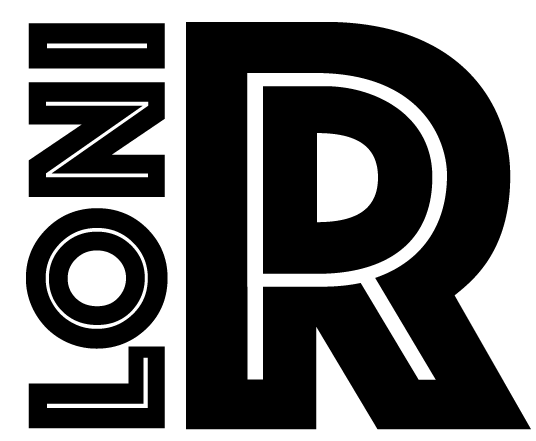- The anterior boundary of the parahippocampal gyrus is the temporal pole. The posterior boundary is where the splenium of the corpus callosum is no longer visible. The inferior boundary is the collateral sulcus and the superior boundary is the hippocampal fissure (choroidal fissure). (Fig. 1, Fig. 2)
- The parahippocampal gyrus is masked in the coronal view. Begin anteriorly where the temporal horns first emerge. Follow the collateral sulcus up to its end point and then connect it to the hippocampal fissure making sure to exclude all hippocampus. Follow the hippocampal fissure up to its medial end point and mask everything in between these two boundaries. (Fig. 3)
- Continue the previous step until the end of the splenium of the corpus callosum. This point can be found by finding the most posterior point of the corpus callosum in the 3D object or by doing the same in the most medial slice in the sagittal view. Masking ends at this point. (Fig 4, Fig. 5)
* If the calcarine sulcus appears before the termination of the corpus callosum, follow the collateral sulcus and connect it to the calacarine sulcus. Mask everything in between. (Fig. 6)



